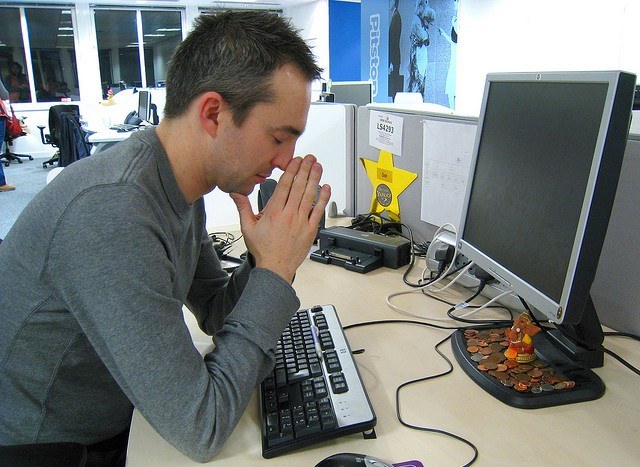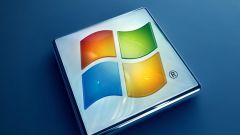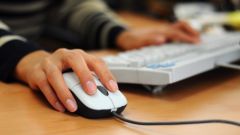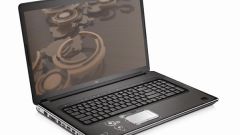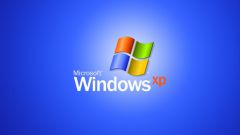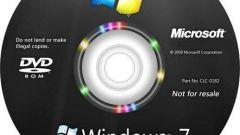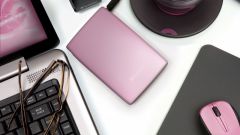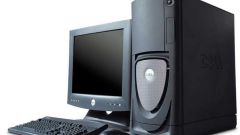Instruction
1
The need to change the default boot device is usually caused when you install Windows. If not set in the BIOS to the appropriate value, the system simply will not see at the start is inserted in the CD-ROM and the download will happen from the hard drive or, in the absence OS on it, will not occur at all.
2
To enter the BIOS you need after you start the computer press the Del key (usually). But on a different computer than the specific key used may vary. In particular, the options are: Esc, F1, F2, F3, F10. In some cases, the use of shortcuts such as: Ctrl+Alt+Esc, Ctrl+Alt+Ins, Ctrl+Alt+Del, Fn+F1. When the computer starts at the bottom of the screen you may receive a prompt for example, Press Del to enter setup.
3
If you successfully enter the BIOS you will see a blue or gray box. After this you need to find the line responsible for the selection of the boot device. Since the BIOSes on different machines differ, specify the exact location of this line difficult. So just browse the tabs, you need to find the rows First boot and Second boot – that is the primary boot device and secondary.
4
Next to the First boot displays the current boot device. You can change listed at the bottom of the BIOS keys. Typically, the modification values in the BIOS, the arrow keys (up and down) or Pg Up and Pg Down. Selecting from the list using the keys of the desired boot device, save the changes. To do this, press F10 and select from the appeared window to choose Yes or type Y and press Enter.
5
Usually as the primary boot device, put hard disk. When you install Windows it is necessary in BIOS to set loading from CD, but immediately after the first automatic reboot is necessary again to return in the BIOS to boot from your hard disk. Many computers have a convenient option of choosing the boot menu, invoked after you start the computer by pressing F8 or F12.
